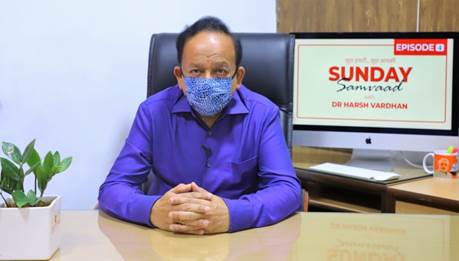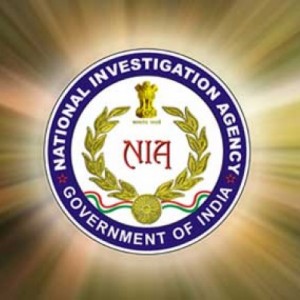India Will Get Two Vaccines For Corona Next Year, Health Minister Reveals Further Strategy

Shikha Chaurasia
New Delhi, October 13, 2020: Union Health Minister Dr Harsh Vardhan has expressed hope that the Coronavirus vaccine in India will come by the beginning of next year. Harsh Vardhan was speaking at the 21st meeting of the Group of Ministers (GoM). During this meeting, he was accompanied by Civil Aviation Minister Hardeep Singh Puri and Foreign Minister S. Jaishankar.
The Health Minister said, “We are hoping that by the beginning of next year we will get the Coronavirus vaccine from more than one source. Our expert groups are preparing a strategy to plan the distribution of the vaccine in the country.”
Earlier in the Sunday Dialogue, the Health Minister said that prioritizing vaccine supply in a large country like India depends on many factors such as the risk of infection, the spread of other diseases among different population groups, the mortality rate in Covid-19 cases and many more. He said that the most important thing is to ensure that there is no obstruction in the supply of vaccines until the last place.
When will the vaccine be available?
Researchers at the US drugmaker Pfizer and its German partners BioNTech, American Moderna and the UK’s AstraZeneca and associate Oxford University can give first-hand information about the results of a large-scale trial which has been going on for more than two months. However, the trial of Johnson & Johnson’s vaccine has been stopped.
Where did the tests reach?
Companies are currently assessing the impact of the vaccine on volunteers. They are looking at the changes in the health of healthy volunteers who were vaccinated and others who were given dummy vaccines. However, even the volunteers and doctors involved in the trial do not know who was given the vaccine and who was given the dummy vaccine.
The effects of the vaccine will be assessed in this way
The United States, the European Union, Britain and the World Health Organization (WHO) have set uniform minimum standards for assessing the effects of a vaccine. They believe that the effect of the vaccine should be seen at least 50 percent. That is, the volunteers involved in the test should show double the effect on the right vaccine than those given the dummy vaccine.








